Category: Commodities

Oil Drillers Won’t Drill
One might think that $120 a barrel oil would be incentive enough to start drilling and increase refinery capacity. Still, it appears energy producers are taking politicians at their word when they say they want to eliminate their industry. When the stated goal in Europe and the United States is to phase out fossil fuels […]
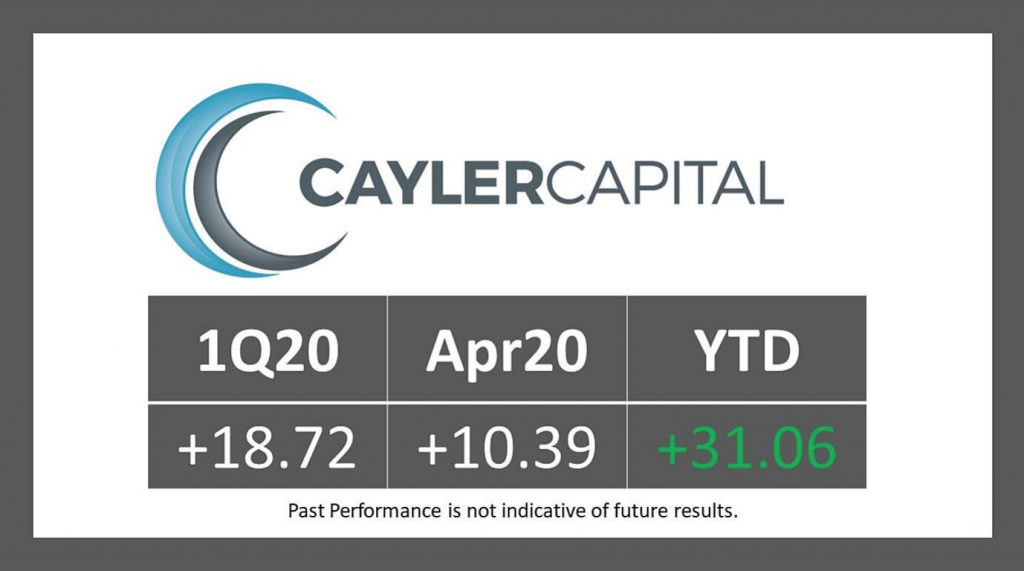
Cayler Capital | April Performance Commentary
After finishing off one of the wildest quarters of my trading career, April managed to take the cake. For those that missed it (not sure how you possibly could have), oil settled negative $37. The effects of this were immediate: risk barometers had to be recalculated, option models switched, and most importantly was the immediate […]

Oil Flood – Case for $15 Oil
Guest post by Brent Belote of Cayler Capital Russia broke the oil market! Russia and the Saudis have entered into a dangerous game of chicken with each other. Russia is determined to punish US Oil Producers while the Saudis are attempting to force OPEC+ back in line. To simplify, Russia would not comply with OPEC+ […]
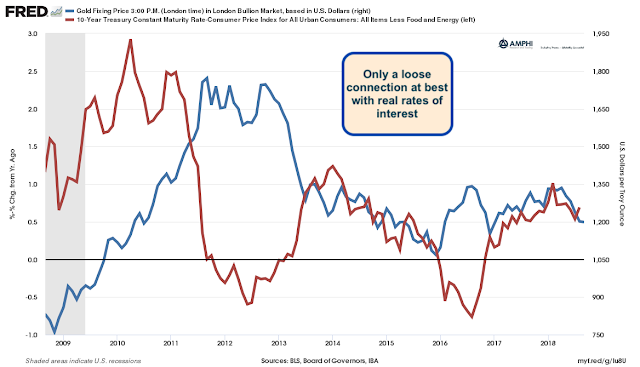
Gold – Not Be A Strong Link To Inflation Nor A Strong Relationship With Real Rates
We have written about the surprising lack of gold price gains with the surge in inflation. A reader has commented that it is the real rate of interest that is important, not inflation. Unfortunately, the data does not seem to show a close relationship.
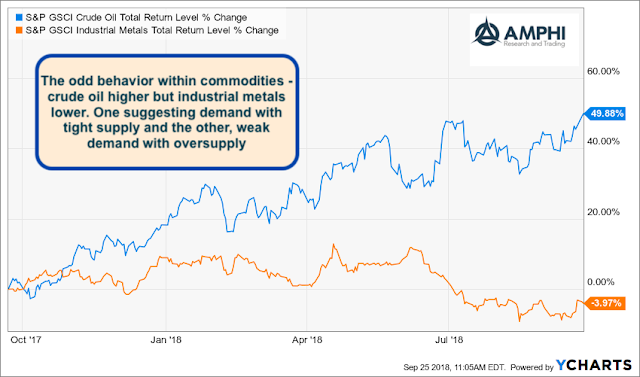
The Most Diverse Asset Class – The Uniqueness of Commodities
Each asset class is special but have some defining characteristics that make them an asset class. Each also has dispersion in returns within the members in the classification. Commodities are an asset class with a very diverse collection of members which may give very conflicting macro/micro signals.
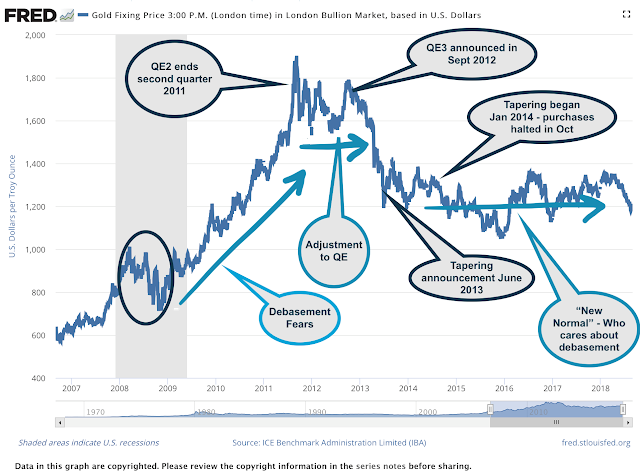
Gold – The Asset We Often Use To Project Fear and Optimism
Gold is hard to understand as an investment. Sometimes it behaves like an inflation hedge but at other times it does not. Sometimes it responds to the real cost of funds, and sometime it does not. It can serve as a safe asset, yet it has sold-off in a crisis. It can be the uncorrelated asset of frustration, but a longer examination tells us about investment deep investor expectations. Gold, over the last decade, can be viewed through three major themes.
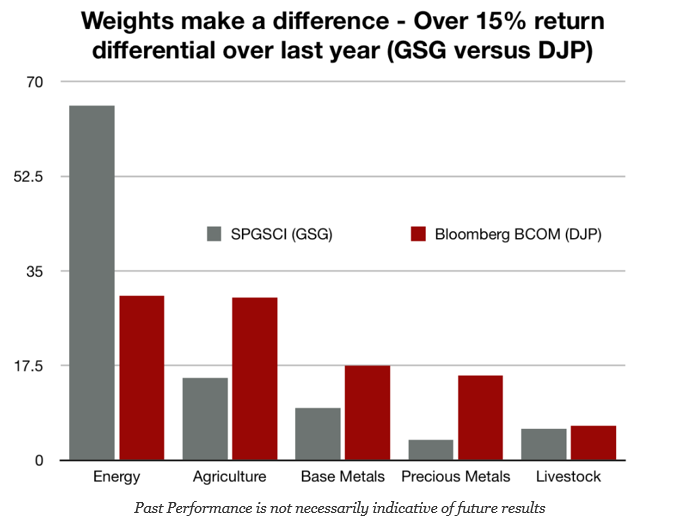
Commodity Gains Existed Over The Last Year, But It Depended On The Index Used
Commodities, as an asset class, have had exciting performance year; well maybe, if you had the right index. A quick look at returns over the last year shows that if you held the SPGSCI index through the GSG ETF, you would have gained a very attractive 19 percent return. If you held the broader-based Bloomberg commodity index (BCOMM) (DJP ETF) you would have received only 3.2%. Both are well-defined indices, but the performance difference would have been in the double digits. This is all based on the weighting of the index. SPGSCI has a 2/3rds weighting in energy while the BCOMM only has a 30 percent energy weighting. If you liked energy, you would have been a star. If you preferred diversity, you would have been made only a slightly positive gain.
The Relationship between Financial and Real Assets is at Extremes – It Can Be Exploited
Correlation is not causality. Blending two variables on the same graph does not make a relationship, but there is a core link with the relationship between real and financial assets. Financial assets are related to the future ability of issuers to generate cash flows for dividends […]
The Relationship Between Financial or Real Assets is at Extremes – It Can Be Exploited
Correlation is not causality. Blending two variables on the same graph does not make a relationship, but there is a core link with the relationship between real and financial assets. Financial assets are related to the future ability of issuers to generate cash flows for dividends or for paying down debt. Growth in real assets are linked to the demand for resources to sustain current and future consumption.

Commodity Returns Over the Long-Run – A Good Diversifier, So Get Back in with an Asset Allocation
Commodity index investing has not been very successful for investors as measured by leading index total returns since the Great Financial Crisis. The end of the super-cycle has been tough on most investors and only recently has there been a period of extended positive returns based on the rise in oil prices. Is there any relief for investors?

What is Beta for Commodities? There are Big Differences
An investor may want to increase his commodity beta exposure to meet his strategic allocation target for this asset class. Unfortunately, all betas are not created equal in the commodity space. There is a wide difference in the choices that are available and this chasm is much greater than anything found in other asset classes.

Long/Short Commodity Funds – Adds Value to Equity and Bond Portfolios
Static investments in long-only commodity indices have had a checkered past since the financial crisis. With the end of the commodity super-cycle, there has been a long commodity unwind and passive investing in commodities has provided negative annualized returns for investors for years. There has not been any bounce to pre-crisis level like we seen in equities. The interest in commodities as an inflation hedge has waned with this poor performance.

Buying Commodities a Play on China Growth As Well As Inflation
We have previously posted the relationship between global growth and commodity returns as measured by the leading index (BCOM). Global growth above 3% is a good tailwind for overall commodity demand that will push prices higher.